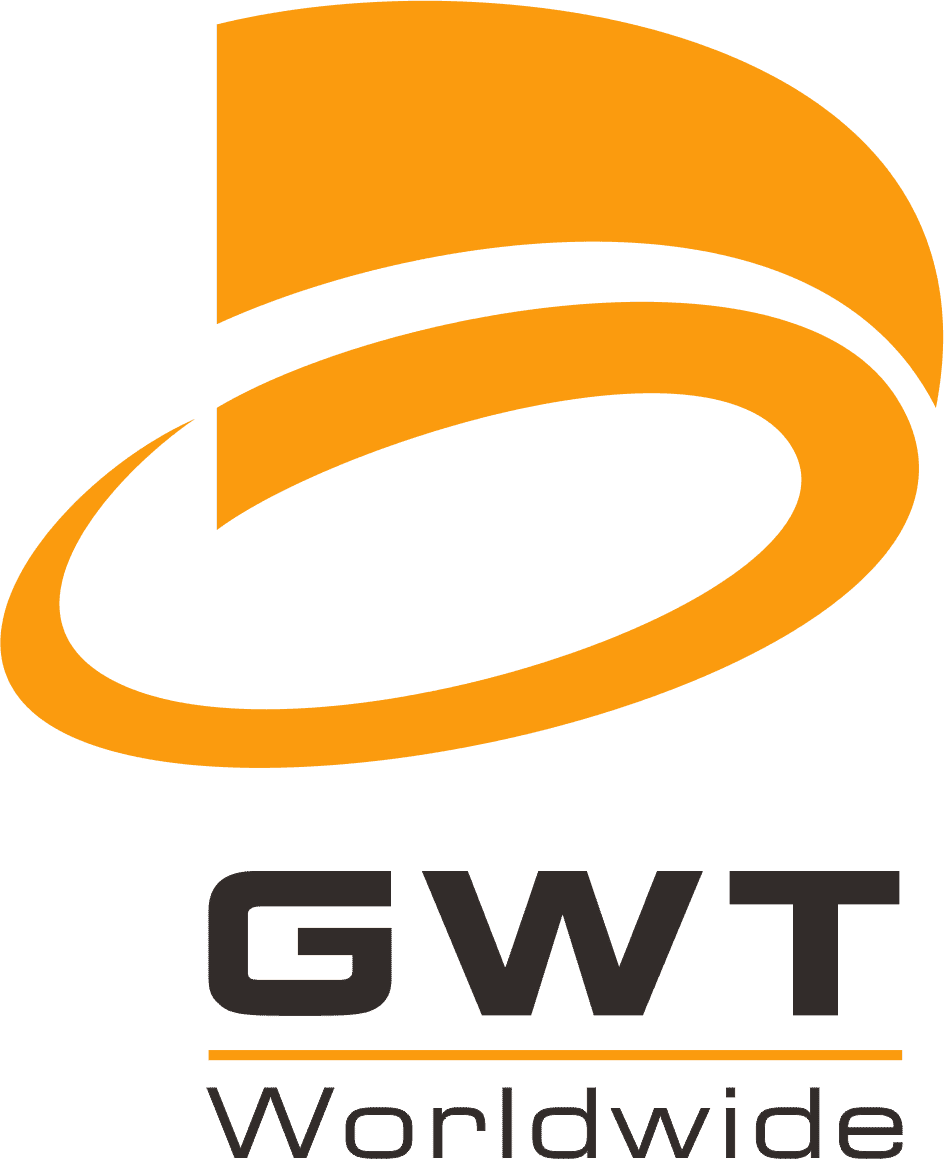Introduction
The modern global marketplace has made international trade very difficult to handle, especially regarding container shipments . Diverse national and professional regulations create many compliance rules that every business operating overseas has to follow. International trade has important guidelines where Certificate of Compliance shipping stands as a main focus. Companies must provide valid certificates to show their products meet safety requirements before ships cross countries to keep customers safe and make shipping easier. This text explains what COC shipping means to businesses and studies how organizations handle their international trade regulations.
What Is Certificate of Compliance (COC) Shipping?
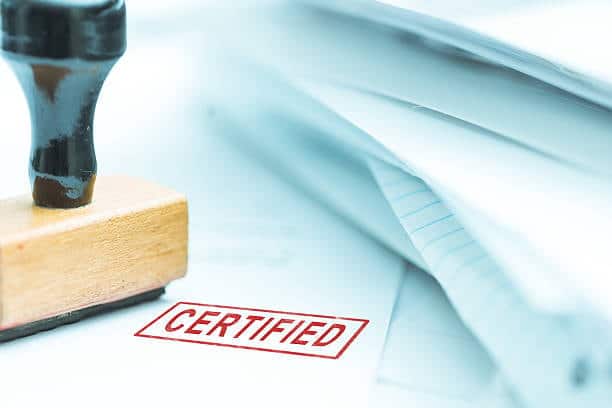
The Certificate of Compliance (COC) shipping procedure shows that goods conform to destination country rules before shipping through proper documentation. Authorized entities make COCs available to prove that shipped products meet all safety standards plus technical and quality criteria set by regulations, which carriers must adhere to .
Certificates of Origin check manufacturing origins but COCs verify product safety and technical specifications. The documents validate that control inspectors tested and certified products to meet export standards of the destination country.
The Importance of COC in Global Trade

Legal Necessity
Many countries make it compulsory for businesses to show Certificate of Conformity results when importing their products into specific product groups, including those including those using carrier owned freight containers arrangement. . Without proper certificate of conformance customs authorities will reject shipments which leads to shipping delays and financial burdens plus possible administrative charges. Saudi Arabia and other nations including Algeria Egypt and many African states strictly demand an Import Certificate of Compliance for worldwide shipments.
Consumer Protection
COCs successfully shield buyers from unsafe goods that enter their markets. Governments work to secure product safety by stopping imported goods that fail quality and safety regulations, as well as those from own containers. from entering their market and getting to customers, as this is a responsible measure . The system helps to protect consumers most effectively when it tests electronic products and toys while checking food quality and product safety in healthcare devices.
Trade Facilitation
A correctly designed Certificate of Compliance program simplifies the simplifies the customs clearance process with the assistance of a freight forwarder. even though compliance rules seem hard to follow, making it a more cost effective solution for businesses . Inspections get performed less often at entry ports as product verification happens before shipping which helps goods move faster.
Risk Mitigation for Businesses
Exporters and importers benefit from COC shipping because it helps shield them against possible risks linked to product requirements. Companies can stay safe from customs problems and legal issues by showing evidence their cargo meets the by showing evidence their cargo meets the necessary standards to prove compliance. before delivery.
Key Components of COC Documentation

The complete Certificate of Compliance should contain these main elements.
Product Details
The documentation includes every detail about the products such as their description, count, model number, and production history. This system helps buyers determine which products received certification.
Compliance Standards Met
The documentation lists every standard that the products need to follow along with technical regulations and specifications. The certification program needs to follow accepted standards which could be ISO, IEC, EN, ASTM or national norms.
Testing Results
Test evidence shows the product fully meets requirements. They should include evidence from test reports and inspection documents.
Issuing Authority
The certificate comes from an issuing organization that shows their professional credentials and approval status to perform certifications.
Validity Period
Most COCs exist for set times and users must complete recertification following these periods. These rules stay up-to-date to prevent problems with modern requirements.
Industries and Products Requiring COCs
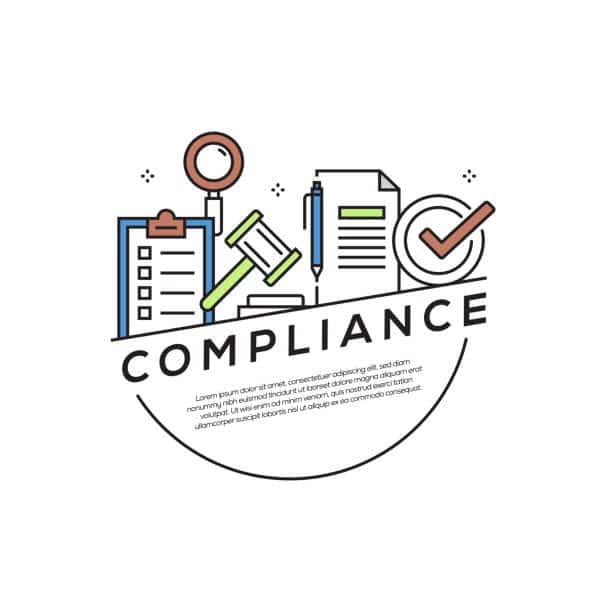
Different nations mandate Certificates of Compliance yet many specific industrial sectors plus product groups use them.
Electronics and Electrical Equipment
Products made of electronic materials using electricity need testing and product approval for electrical safety plus EMC interference resistance and power performance.
Automotive Components
The automotive industry needs vehicle part testing that follows safety standard and performance rules created by auto regulators.
Consumer Products
Companies selling toys, textiles, furniture, and other consumer products need COCs to show how their products meet safety standards for imported products that include chemical testing. that include chemical testing, fire resistance, physical threats, and other possible dangers, for example.
Medical Devices
Medical devices need strict global regulations and companies must create all documentation to follow these requirements.
Construction Materials
Building projects need certified materials and components that demonstrate their ability to support safe and durable buildings while meeting all environmental criteria.
The COC Shipping Process

Pre-Shipment Assessment
Exporter companies have to verify their products match official specifications before starting the Certificate of Conformity application to avoid unnecessary detention fees . The company checks product quality by testing and visits production areas plus reviews how the product team manages safety. You need to work with tested laboratories and certifiers to confirm proper product compliance in this phase.
Certificate Application
After successful checking of compliance the exporter sends their COC application to a certified organization. The application requires product technical details and test results along with supporting proof that the products adhere to standards.
Document Review and Verification
After receiving submission documents the certification body asks for more details if needed. The certification body sometimes asks to test product samples and do physical checks of products before giving the certificate.
Certificate Issuance
After checking that all requirements have been met the certification body awards the Certification of Compliance. The certificate must accompany all necessary shipping documents as merchants need it to clear customs at the delivery destination.
Customs Submission
After the shipment arrives at its destination country the importer provides the Certificate of Conformity plus all other shipping records to customs authorities for clearance. The process moves forward more easily while lowering the chances that customs will inspect or delay the shipment.
Major COC Programs Worldwide

Saudi Arabia’s SASO CoC Program
The Saudi Standards, Metrology and Quality Organization (SASO) operates a leading worldwide Certificate of Conformity (COC) program. Saudi Arabia demands this program’s verification for all import products across its many product categories to prove they meet Saudi technical rules and standards.
Egypt’s GOEIC Registration
To sell consumer products in Egypt companies must receive government approval from the General Organization for Export and Import Control through the Certificate of Compliance process. The program exists to keep Egyptian consumers safe from bad imports and create equal market opportunities for everyone.
African Conformity Assessment Programs
Some African countries like Kenya, Tanzania, and_cli_entries currently use advanced inspection routines to verify product standards. Rules established by these import programs must show Certificate of Conformity results for all delivered merchandise to shield against poor-quality items getting into the market.
Gulf Standards Organization (GSO) Requirements
The GCC formed the Gulf Standards Organization to simplify technical regulation standards for its member nations. Manufacturers sending products into GSO markets need to obtain GSO technical regulation certification above all for electrical equipment, toys, and automotive parts that pose higher risks.
Common Challenges in COC Shipping
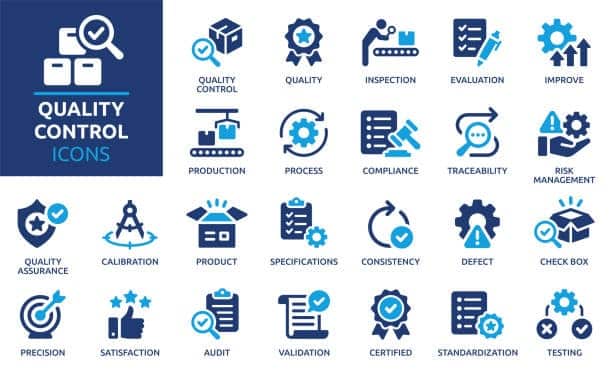
Navigating Variable Requirements
The key obstacle when shipping with COC is that each country plus product type requires unique documentation standards. Every target market has special rules about technical testing document structure and business submission methods.
Cost Implications
To get COCs you need to pay both service fees and product testing expenses and you also encounter extra business strain and delayed production when obtaining them. Small and medium-sized enterprises struggle with these expenses because they have restricted funds.
Timeline Management
The certification procedure takes many days because it deals with intricate items. Shippers need to include these processing periods in their shipping plans to stay on schedule.
Finding Authorized Certification Partners
A laboratory or certification body might not receive international market acceptance from one import nation to the next. Exporters must select business partners whose certification will meet regulatory requirements of their customer markets.
Keeping Pace with Regulatory Changes
Certification requirements and business standards for compliance update regularly. The company must keep track of changing requirements by regularly updating its compliance systems.
Best Practices for Effective COC Shipping

Early Integration of Compliance Requirements
When businesses include compliance requirements from the start they prevent late responses to these standards. Early inclusion of compliance needs in product creation lowers the chance that final certification gets delayed due to noncompliance problems.
Building Strong Relationships with Certification Bodies
Regular collaboration with certified bodies saves time for companies in the certification process. They support customers by explaining regulations and showing why certification may face difficulties.
Implementing Comprehensive Documentation Systems
Well-managed documentation and tested results from previous verification streamline your next certification process. Digital systems used to manage documents bring great help to businesses soc and coc containers.
Staff Training and Compliance Awareness
Good team members learn about compliance standards before they start work which lowers the chances of errors. Adopting compliance and certification education for employees produces good return on your investment distant or remote location.
Leveraging Technology Solutions
Specialized trade compliance management platforms assist businesses by showing regulatory needs and keeping track of documented certifications during product entry processes.
The Future of COC Shipping
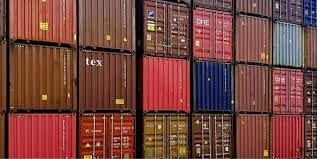
Digital Transformation
Digital technology will become more common in shipping as electronic certificates will replace physical documents and blockchain will prove that compliance certifications stay genuine soc containers.
Harmonization Efforts
International organizations strive to create integrated technical rules and testing methods worldwide. The WTO Technical Barriers to Trade Agreement helps nations lower the number of different testing requirements around the world container liner.

Risk-Based Approaches
Organizations around the world are now using detailed risk-based methods to supervise imports which tailor their certification demands according to both previous exporter behaviors and product threat levels.
Sustainability Integration
Regulations now include environment protection aspects by looking at sustainability measures through product certifications cargo container.
Case Study: COC Implementation Success

A regional electronics exporter from Asia-Pacific adopted a full set of COC shipping procedures to overcome regular customs processing issues in Africa and the Middle East shipping containers. The company:
- They created a list of all certification standards that apply to their goods shipped to different target markets.
- The company built ties to official inspection organizations that operate in those markets.
- The business built one location to hold compliance records for the entire company
- Our organization included compliance needs in all steps of product creation
- Trained staff on market-specific requirements carrier owned containers
Customs delays reduced by 65% while costs linked to certification compliance fell dramatically and the company expanded its marketplace entry. By seeing compliance as an opportunity instead of a requirement the company changed how it does international business freight container.
Conclusion
Because of its importance to regulatory following and trade operations including consumer safety procedures Certificate of Compliance shipping stands at the crossroads of different systems. When companies understand how to handle COC requirements in international trade they achieve better customs processing times while reducing their risk levels and expanding their market opportunities shipper owned container.
Successful traders fully understand that running compliant operations becomes essential to their worldwide business success. Companies can use their knowledge of COC standards to change regulatory demanding tasks into tools that enhance worldwide trading success own container.
